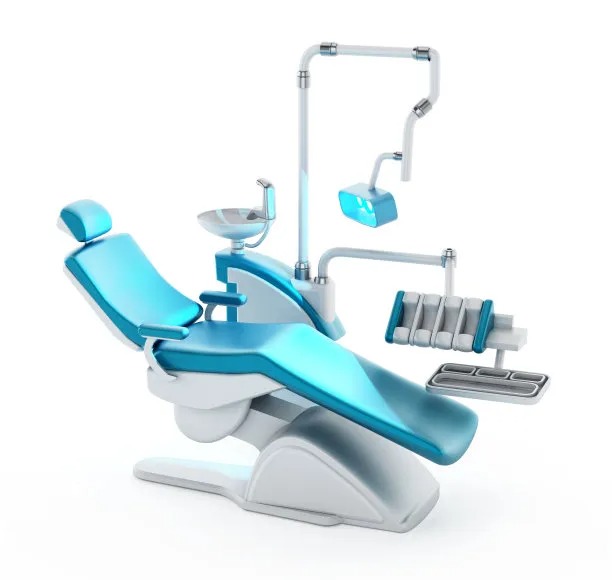The Essential Guide to Safely Extracting a Tooth at Home and Seeking Professional Help
Summary: Extracting a tooth at home may seem like a viable option in urgent situations, but it comes with risks. This essential guide discusses best practices for safely extracting a tooth at home while stressing the importance of professional dental care. It covers the necessary preparations, the extraction procedure, when to seek professional help, and post-extraction care. By approaching tooth extraction with care and awareness, individuals can better navigate this challenging experience. However, understanding the limitations of home remedies can save one from unnecessary complications and ensure oral health is prioritized.
1. Necessary Preparations for Tooth Extraction

Before attempting to extract a tooth at home, it is crucial to prepare adequately. Gather all necessary tools, including sterilized pliers or tweezers, dental gauze, and antiseptic solutions. Having everything at hand helps simplify the process and reduces the risk of infection. Additionally, it is vital to ensure the surrounding area is clean to maintain a sterile environment during extraction.
Ensure that you have consulted with reliable sources or dental professionals regarding the proper extraction technique. Being informed about the type of tooth, its position, and any underlying issues can influence the success of the procedure. Watching instructional videos or reading guides can provide visual aids that make the extraction easier to understand.
Lastly, prepare yourself mentally for the procedure. Tooth extraction can be painful and stressful, so being emotionally steady as you proceed can lessen anxiety. Being prepared also means having pain relief options available, such as over-the-counter painkillers or anesthetic gels, to manage any discomfort.
2. The Extraction Procedure Explained
The extraction itself should be executed with utmost care and precision. Begin by rinsing your mouth with warm saltwater to help disinfect the area. This step minimizes the risk of infection before the extraction takes place. If the tooth is loose, gently rock it back and forth to loosen it further.
When ready, use the sterilized pliers or tweezers to grip the tooth firmly, but avoid applying excessive force. Sudden jerks can cause severe pain or even damage to surrounding tissues. Instead, employ a steady pulling motion while continuing to rock the tooth. If significant resistance is experienced, don’t continue the extraction; it may be an indication that professional help is necessary.
Once the tooth is out, it is imperative to place a gauze pad over the socket and apply gentle pressure to encourage clot formation. Ensure you remain calm during this phase, as panic can lead to excessive movement, increasing potential bleeding. Monitor the site closely to ensure it heals properly.
3. Recognizing When to Seek Professional Help
One of the most critical aspects of tooth extraction at home is recognizing when the situation is beyond self-treatment. If you encounter severe pain, excessive bleeding, or if the tooth does not come out easily, seek a dentists help immediately. Pain that worsens instead of improving is also a clear sign that a professional evaluation is needed.
Moreover, if you observe signs of infection, such as swelling, fever, or purulent discharge, visiting a dentist is imperative. Delaying professional care in these situations can lead to more significant complications. Dentists have the expertise and tools to handle unexpected issues effectively and safely.
Finally, if you are uncomfortable with the procedure or feel uncertain at any point, it is best to consult a professional. Your overall dental health is worth the extra effort to visit a dentist, who can also provide essential follow-up care.
4. Post-Extraction Care for Optimal Recovery
After a successful extraction, following the right post-care procedures is crucial to promote healing. Begin by continuing to apply pressure with gauze for at least 30 minutes to allow a clot to form. This process is vital for preventing excessive bleeding. If bleeding continues, replace the gauze and maintain pressure until it stops.
Next, refrain from consuming hot, spicy, or hard foods for a few days following the extraction. Stick to soft foods and stay hydrated to avoid irritation of the extraction site. Additionally, avoid sucking through straws, as the suction can dislodge the clot and lead to complications like dry socket.
Finally, maintain a strict oral hygiene routine while being gentle around the extraction area. Rinse your mouth with a saltwater solution to keep the site disinfected. Following these post-extraction care steps will ensure that the healing process is smooth and free from infections or other complications.
Summary:
In summary, safely extracting a tooth at home requires thorough preparation, knowledge of the extraction procedure, awareness of when to seek professional help, and diligent post-extraction care. Each stage of this process is integral to ensuring both safety and effectiveness. Always remember, while home remedies can be tempting, they should never replace professional advice.
This article is compiled by Vickong Dental and the content is for reference only



